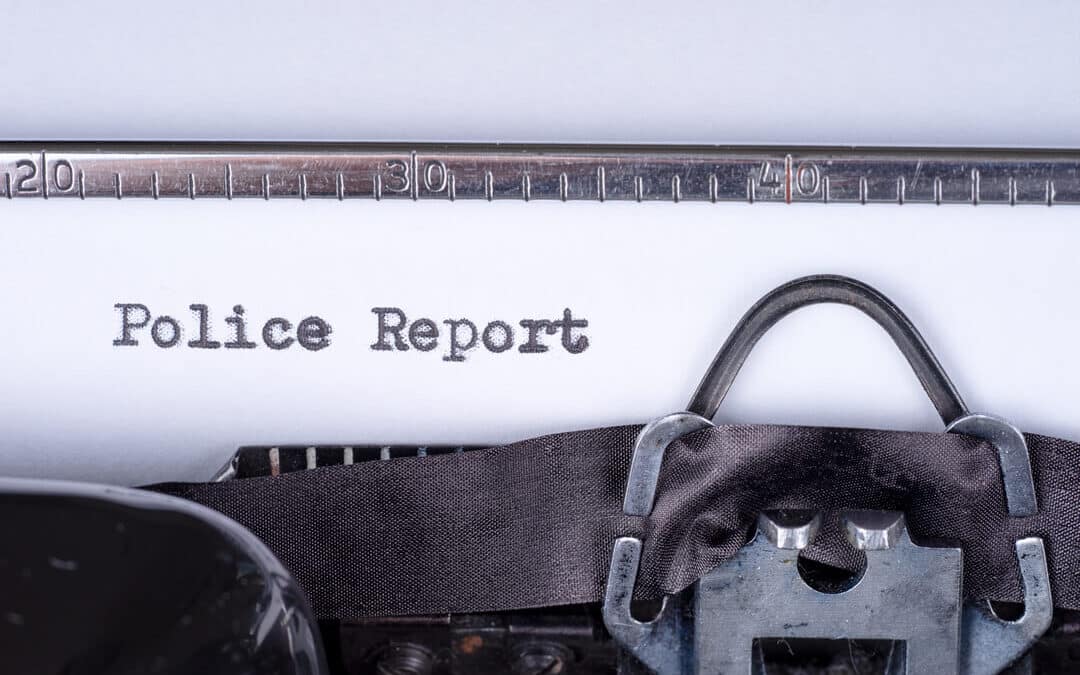If you’re injured in an accident, a police report can be one of the most crucial pieces of evidence in your personal injury case.
When an accident occurs, the responding police officer gathers essential details from all parties involved, including drivers, passengers, and witnesses. This step is critical because memories can fade, and details may be misremembered over time. A police report provides an official record of the who, what, when, where, and why of the incident, serving as a key reference in legal proceedings.
Key Components of a Police Report
Police reports contain vital details that can significantly impact the claims process.
1. Details About the Incident
- Date and Time: Establishes when the accident took place.
- Location: Documents the precise location of the accident.
- Weather and Road Conditions: Notes factors like rain, fog, or hazardous roads that may have contributed to the accident.
2. Information About the People Involved
- Names and Contact Information: Includes details for drivers, passengers, and witnesses, which can be helpful for further investigation.
- Insurance Information: Helps streamline the claims process by identifying the insurance providers of those involved.
3. Officer’s Observations
The police officer’s notes can provide valuable insight, such as:
- Vehicle Positions: Diagrams or descriptions of vehicle placement post-accident.
- Damage Assessment: Documentation of vehicle damage to illustrate the severity of the crash.
4. Witness Statements
If there are witnesses, their accounts are often included in the report. Witness statements can support your version of events and strengthen your claim.
How Attorneys Use Police Reports in Personal Injury Cases
1. Establishing Liability
Police reports are instrumental in determining fault. The officer’s observations, accident diagrams, and witness accounts can help identify reckless behavior or traffic law violations.
2. Supporting Your Account
If your account of the accident aligns with the police report, it enhances the credibility of your claim.
3. Identifying Witnesses
The police report provides witness contact information, allowing attorneys to gather additional evidence if needed.
4. Documenting Injuries
If the officer noted any injuries, this documentation can substantiate your claim, particularly if your injuries worsen over time.
5. Negotiating with Insurers
Insurance companies rely on factual evidence, and a police report serves as an impartial record that can strengthen your position during negotiations.
Obtaining a Police Report
You can typically obtain a copy of your police report through the following methods:
- Online: Many police departments provide online portals for report requests.
- In Person: Visit the police department that responded to the accident.
- By Mail: Some departments accept mail-in requests with a required fee.
There may be a waiting period of several days to weeks before the report is available.
Challenges and Limitations of Police Reports
While police reports are valuable, they are not infallible. Errors or omissions can impact your case, so it is crucial to review your report carefully. If you find inaccuracies, contact the police department promptly to request corrections.
Seeking Legal Assistance for Your Personal Injury Claim
Acting quickly is essential in personal injury cases. The sooner you obtain the police report and secure legal representation, the stronger your case will be. Evidence can disappear, memories fade, and there are strict deadlines (statutes of limitations) for filing claims.
If you’ve been injured in an accident, the personal injury attorneys at Brock & Stout are ready to help. Contact us today for a free consultation—your recovery and rights are our top priority.

